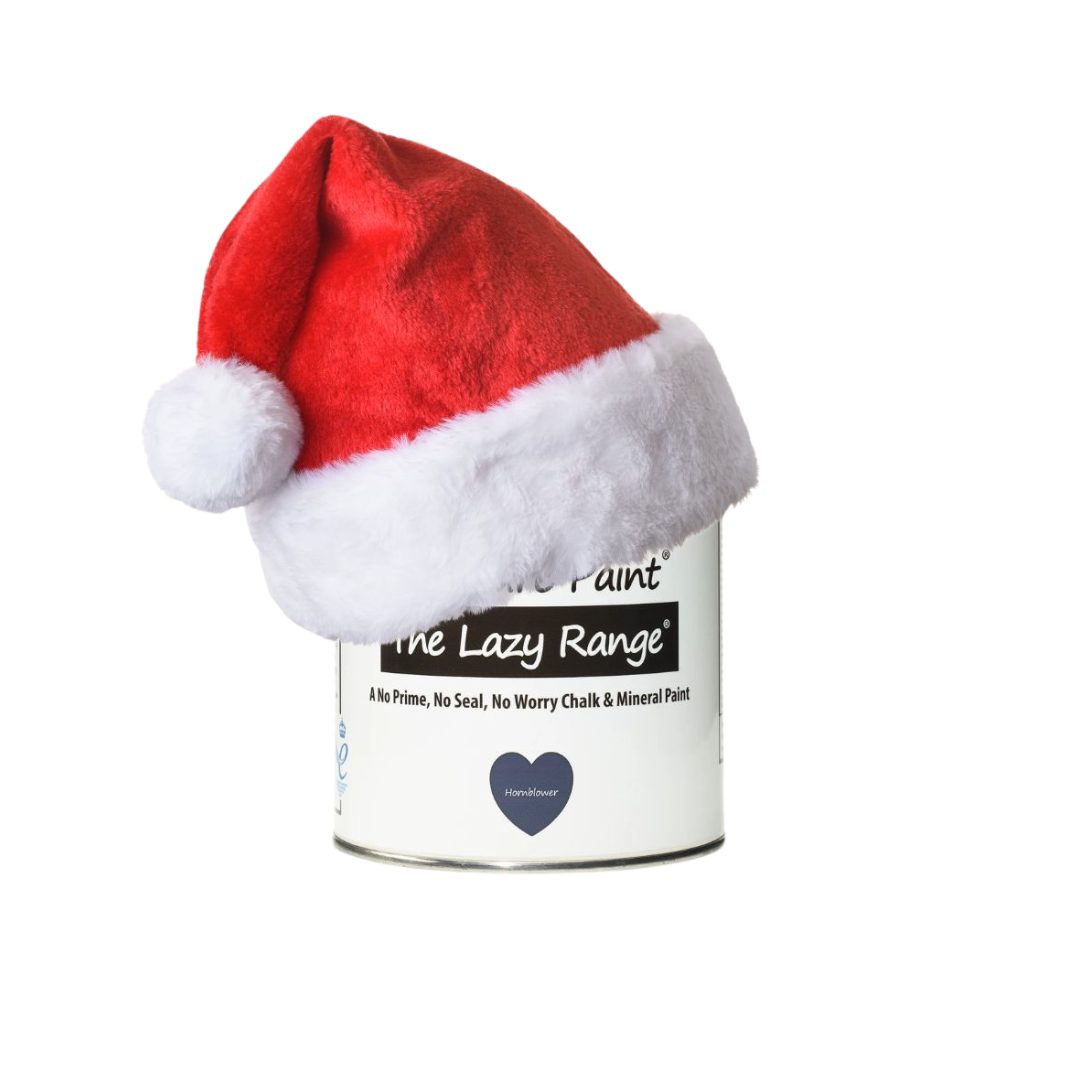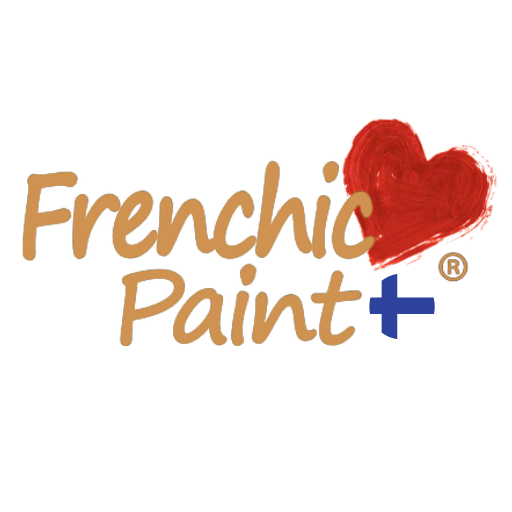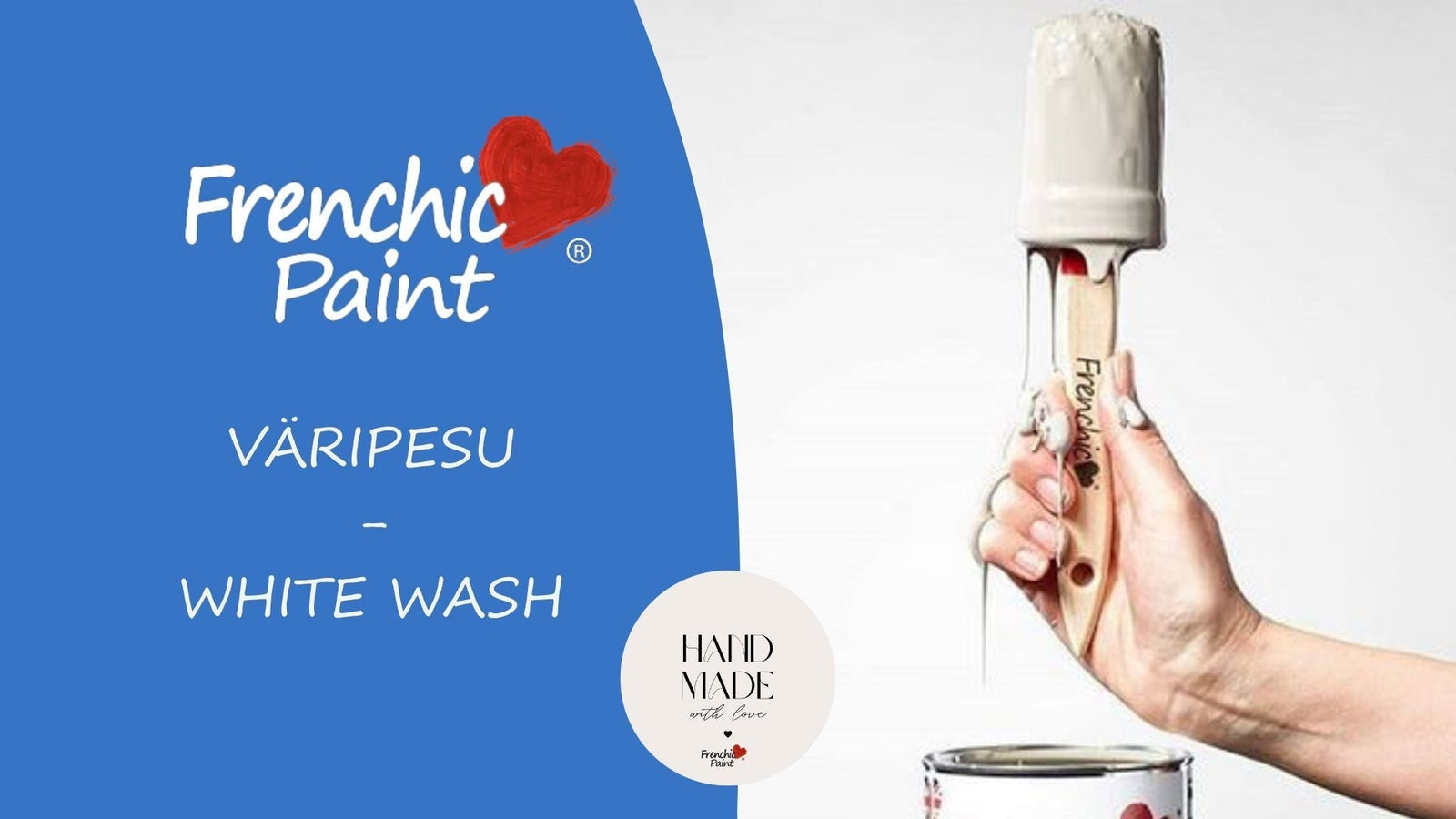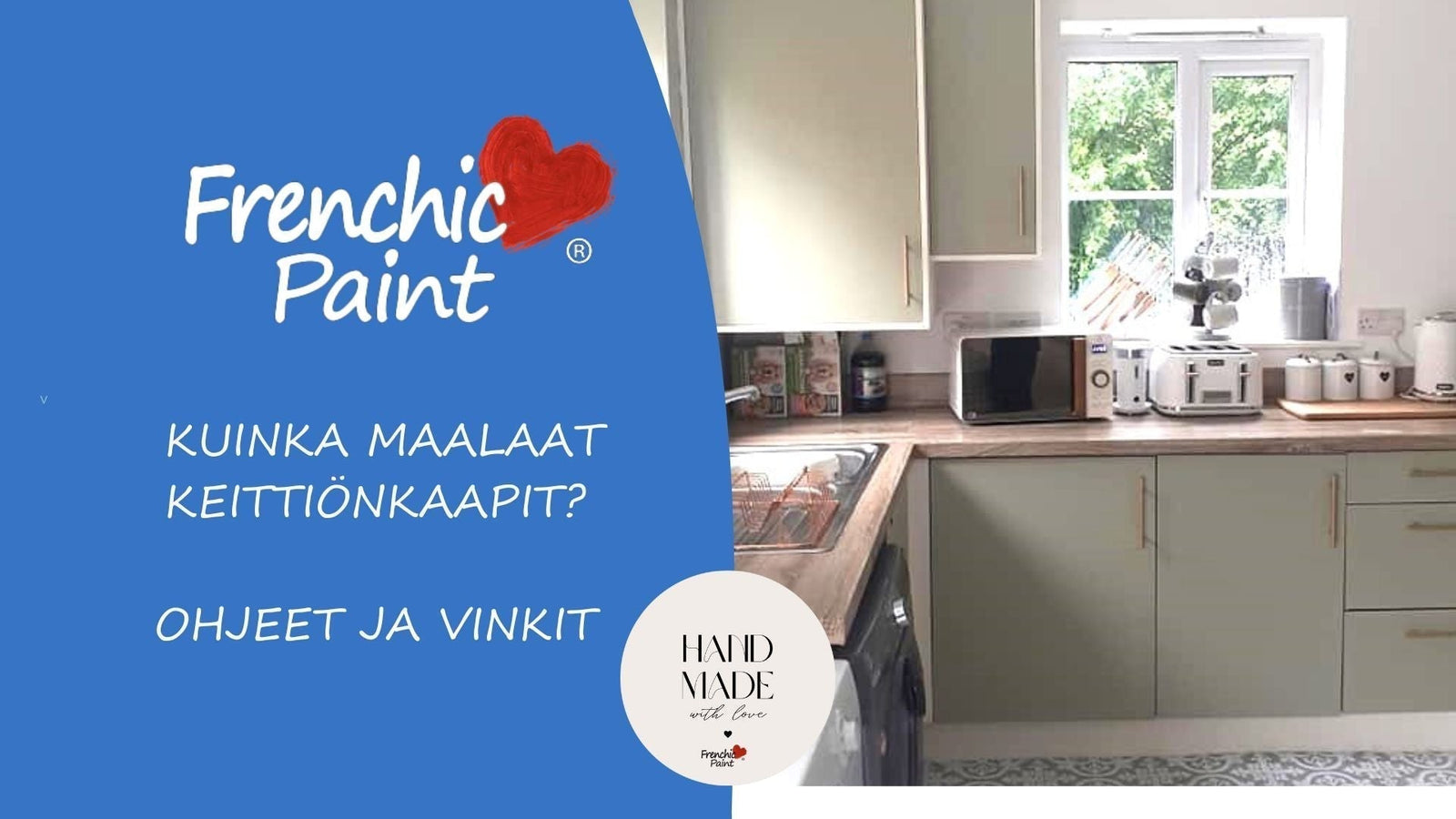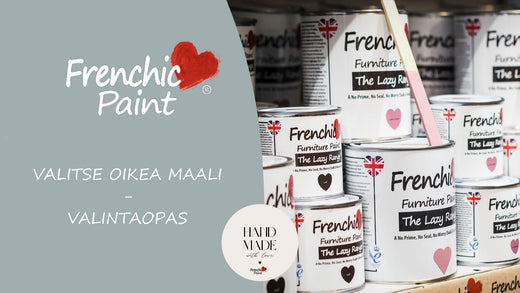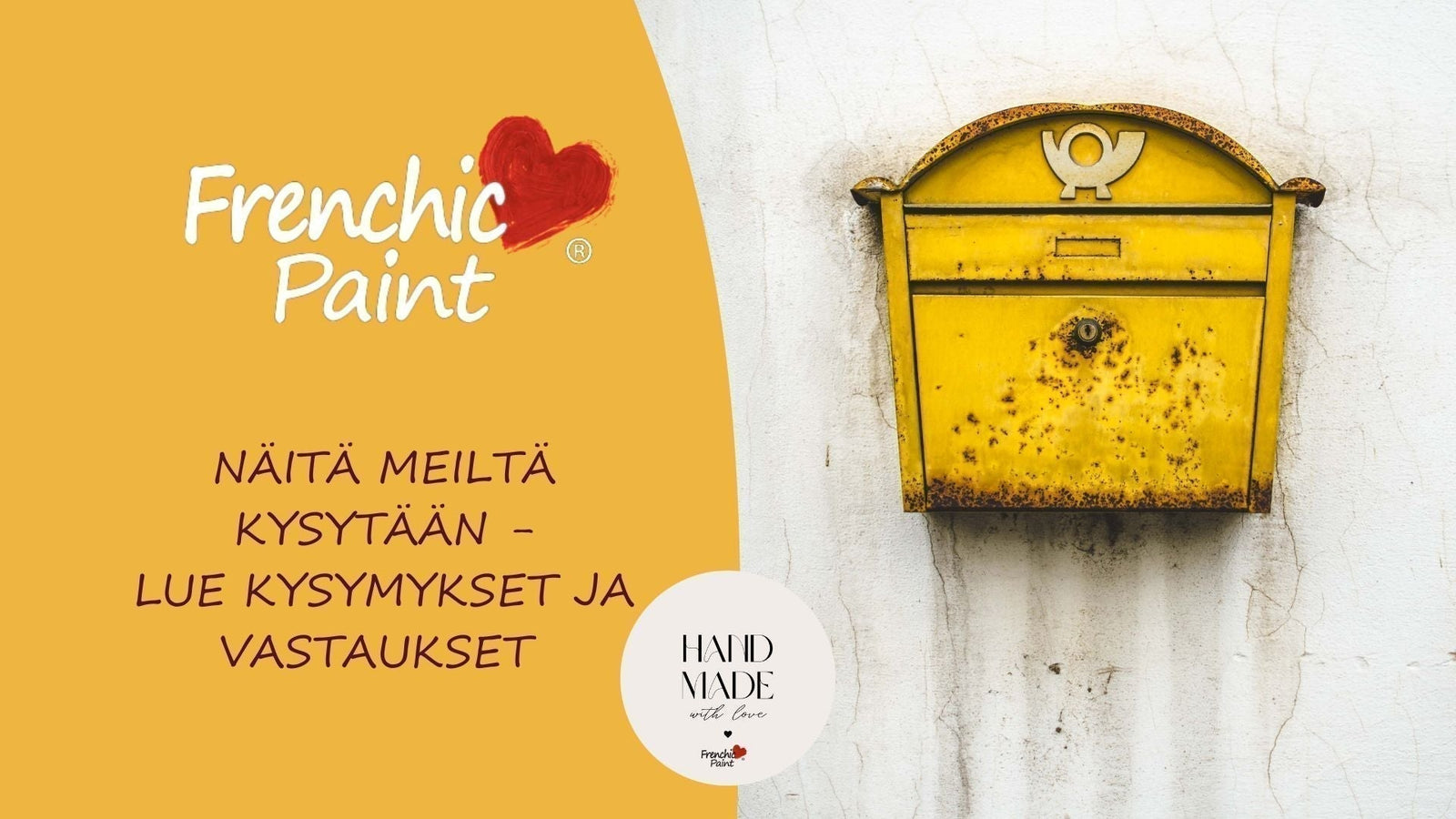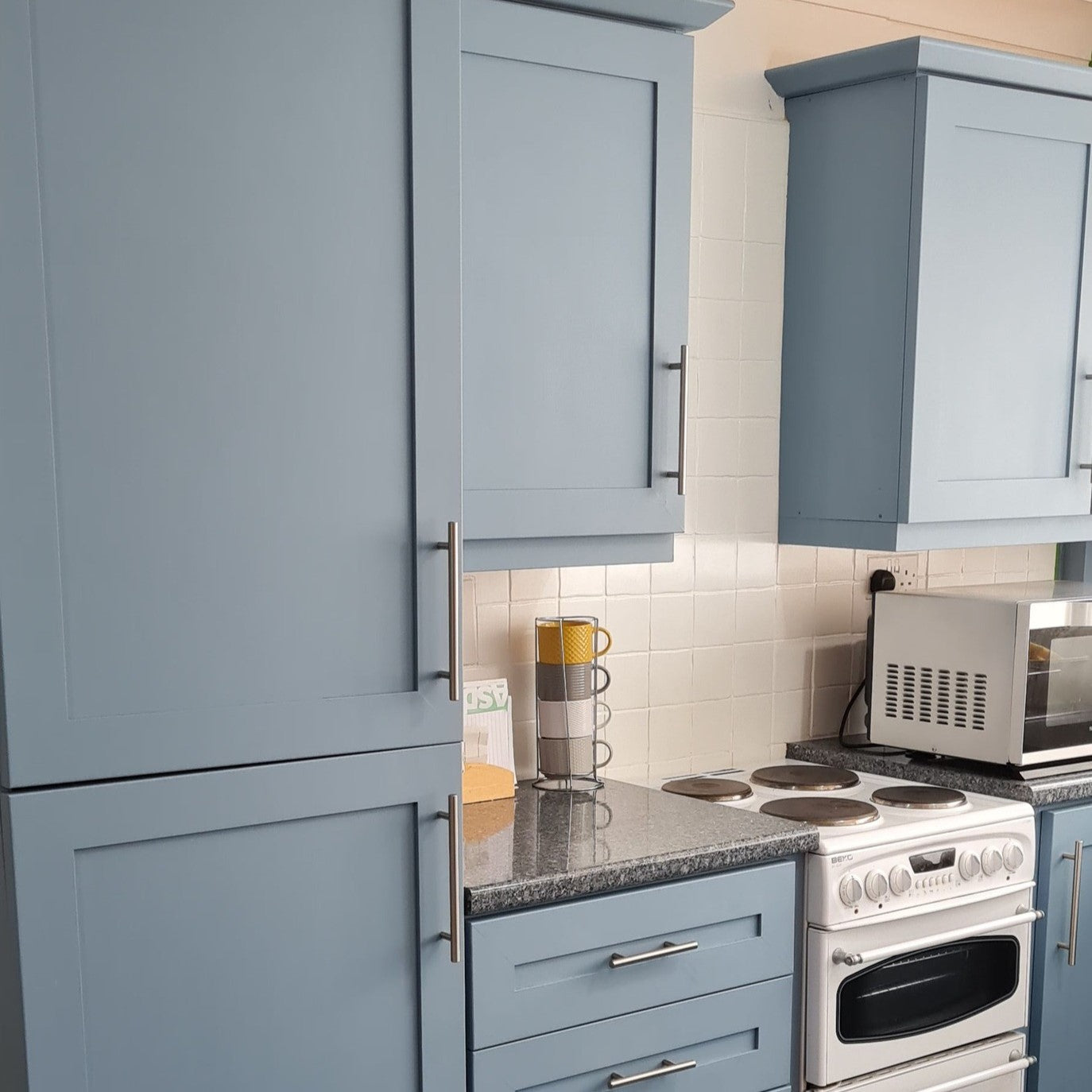Color Wash - White Wash instructions - here's how you do it:
Sometimes it may be appropriate just to lighten a wood surface yellowed by time, on furniture or walls.
This technique leaves the wood grain visible and uses only a little paint!
You can apply this technique with any color, but white or light cream and sand shades are most commonly used. How would a color wash done in black look?!
Try and test first.
Color wash gets its name from 'washing' the furniture or surface with a thinned paint/water mixture and wiping off the excess.
Color wash is suitable for clean wood surfaces, sanded surfaces; for example, furniture, paneled walls, log surfaces, and ceilings. This technique beautifully reveals the wood grain.
Let's get started
- First protect the floor under the furniture.
- In this technique, the thinned paint is runny and splashes may occur.
- Have lint-free cloths ready for wiping, a paint mixing container and a stirring stick or whisk, and protect the floor surface under the furniture.
Thin the paint generously in a separate container.
- A milky consistency is good. Brush/wash the furniture surface with the mixture and wipe off the excess mixture that has not soaked into the furniture's wood surface.
- Start with a 50% water and 50% paint ratio. Brush the thinned paint onto the surface.
- Repeat to achieve the desired result and shade.
Each repetition increases the amount of shade and evens out the result, and you can still influence the paint absorption by extending the time between brushing and wiping off.
Let each layer soak into the wood surface for 15-30 minutes before wiping and applying the next layer.
This technique works best on clean or sanded wood surfaces where the thinned paint mixture can soak into the furniture's wood surface. This technique does not work on old painted surfaces.
The surface often becomes lively with this technique because the paint mixture soaks into the wood in different ways and depths, depending on the density of the wood grain.
However, remember that you cannot get a translucent white from old, dark wood surfaces without careful sanding.
Try these light shades:
-
natural white Creme de la Creme, from the Lazy Range series
-
pure white Whiter than White, from the wall paint series for lightening large wall and panel surfaces
-
sand-colored Salt of The Earth, from the Lazy Range series
There are no rules in this technique either - you can creatively adapt it with the shades and furniture you want - the result will be a stunning effect surface.
Tip: If you want to lighten, for example, a sanded kitchen countertop that is subject to heavy everyday wear, it is better to do it with the 'White Wash' color wash technique than with white wax.
You can add white wax on top of the color wash at the end.
Please do not thin the paint in the paint container! Thinned paint does not keep for long.
